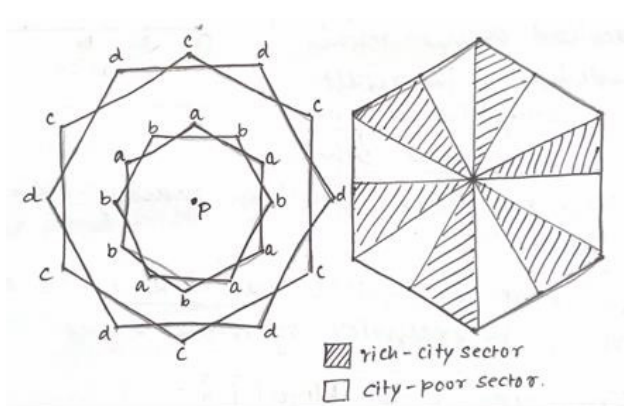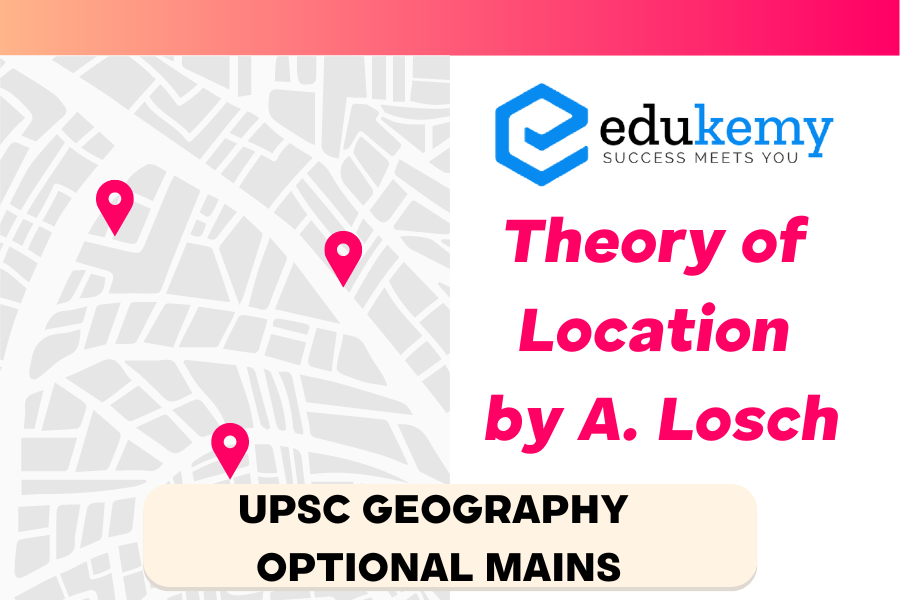
August Lösch’s model of the Theory of Location, particularly in the context of Central Places, has been a seminal contribution to the field of urban and regional economics. Lösch, a German economist, introduced his spatial-economic theory in the 1930s, aiming to explain the distribution of central places and their economic functions within a region. The model is based on the concept of hexagonal market areas, where central places serve as nodes providing goods and services to the surrounding population. While Lösch’s work has been influential, it has not been without criticism. Detractors argue that the model oversimplifies the complexities of real-world spatial systems and fails to account for dynamic factors such as technological advancements, cultural influences, and the evolving nature of economic activities. As the field of geography and urban studies has progressed, scholars have raised concerns about the model’s limitations and its applicability to contemporary urban and regional dynamics.
Contents
Answer
The Losch industrial model, propounded in 1940, is a modification to the earlier central place theory by W. Christaller. According to the model, an individual does not set up his industry where there is the least cost but where he can maximize his profit.

Explanation of the model:
- If a single entrepreneur enters a vast production area, distribution cost will be very high.
- However, with several small production centers distributed in separate regions, the distribution cost will decrease leading to higher product efficiency and lower production cost.
- For Losch, demand was the most important variable. The model is based on the following:

Assumptions:
- Extensive homogeneous plain with even distribution of raw material.
- Uniform and proportionate transportation cost in all directions.
- Homogeneous population with same knowledge, and technical skills.
- Absence of economic discrimination with equal opportunities for all individuals.
- Even population, distribution and self-sufficiency in agricultural production.

- He treated each function having separate range, threshold and hexagonal hinterland.
- The result is a complicated pattern of central places which can incorporate other urban functions such as manufacturing and industries.
- Choose hexagonal market areas to avoid overlap and exclusion of some areas.
Criticism of the model:
The model has been criticized because:
- Agglomeration can create inequalities by favoring certain regions with more clusters of firms.
- Monopolies challenge Losch’s competitive market assumptions, leading to price, manipulation and lower-quality goods.
- Subsidy sent discounts in reality, affect prices, affecting Losch’s cost-based price determination.
- Theory primarily focuses on manufacturing industries and inadequately explains the location of service-based industries.
- The theory ignores disparity in transportation infrastructure that can impact location decisions.
Losch’s Model has been of great importance in the regional planning of both developed and developing countries, despite the limitations. It has helped entrepreneurs to strategically choose plant location in this globalized economic landscape.
In case you still have your doubts, contact us on 9811333901.
For UPSC Prelims Resources, Click here
For Daily Updates and Study Material:
Join our Telegram Channel – Edukemy for IAS
- 1. Learn through Videos – here
- 2. Be Exam Ready by Practicing Daily MCQs – here
- 3. Daily Newsletter – Get all your Current Affairs Covered – here
- 4. Mains Answer Writing Practice – here

